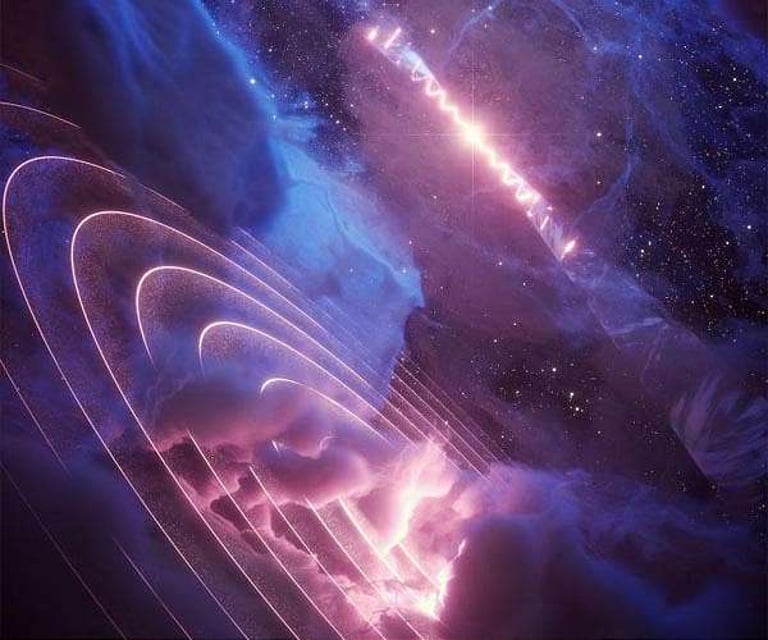Microquasars Emit Powerful Gamma Rays, Challenge Supernova Theories in Cosmic Ray Discovery
October 21, 2024
The ability to observe microquasar jets in real-time presents a unique opportunity for studying high-energy processes close to Earth, unlike distant quasars that evolve over millions of years.
Microquasars are defined as compact binary systems that consist of a massive star and a black hole, and they are capable of producing jets that emit gamma rays with energies that surpass those typically detected from distant quasars.
This research underscores the importance of studying nearby cosmic sources, as their radiation experiences less scattering or absorption on its way to Earth, making them easier to analyze.
The discovery suggests that microquasars may be significant contributors to cosmic radiation in our galaxy, alongside other powerful emitters observed by the LHAASO observatory.
This finding was made by researchers at the High-Altitude Water Cherenkov Gamma-Ray Observatory (HAWC) in Mexico, with significant contributions from the Institute of Nuclear Physics of the Polish Academy of Sciences.
The HAWC observatory employs 300 water tanks to capture Cherenkov radiation, which enables the detection of gamma rays ranging from hundreds of gigaelectronvolts to teraelectronvolts.
Astronomers have made a groundbreaking discovery that microquasars in our galaxy can emit powerful gamma radiation, challenging the long-held belief that supernova remnants were the primary source of high-energy cosmic rays.
Dr. Sabrina Casanova and her team detected gamma photons from the microquasar V4641 Sagittarii, located approximately 20,000 light years away in the constellation Sagittarius, with energies reaching up to 200 teraelectronvolts.
The jets from V4641 Sgr exhibit an astonishing phenomenon, appearing to travel at nine times the speed of light due to relativistic effects, which creates an illusion of superluminal motion.
Summary based on 1 source
